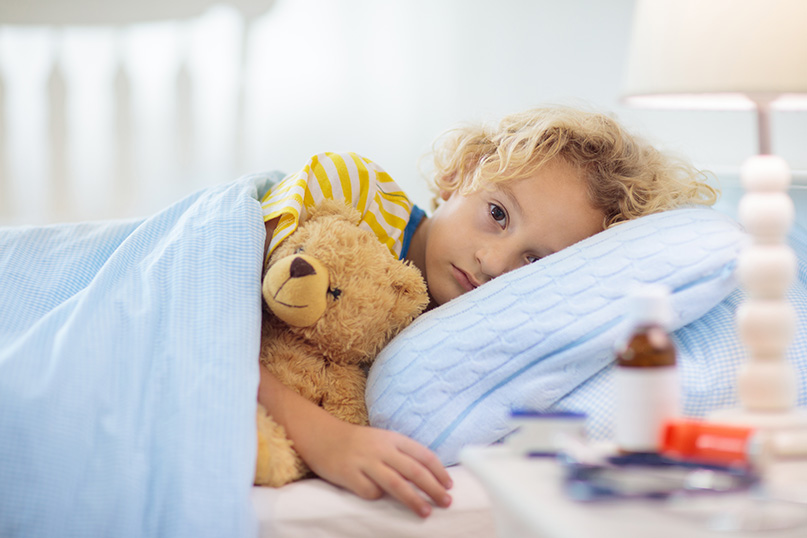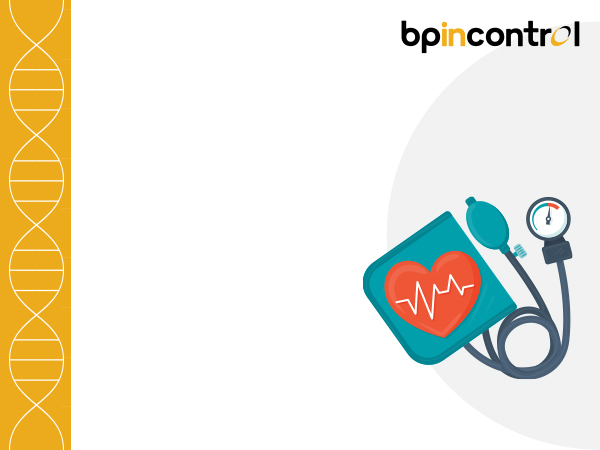High blood pressure in children – symptoms & causes

Table of Contents
Hypertension in children is defined as blood pressure greater than the 95th percentile for their age, gender and height. Children with blood pressure over 120/80 are at the risk of developing hypertension and need regular monitoring. In early years, the causes of hypertension in children are majorly some specific and identifiable medical conditions.
Understanding Childhood Hypertension
It is very important to recognise the causes, symptoms, diagnosis, and management of hypertension in children. Awareness of associated complications, long-term effects and prevention strategies is also crucial.
Recognizing the Signs and Symptoms
Hypertension in children can often be mitigated by recognising its signs and symptoms. The most common symptoms include:
- Headaches
- seizures
- Chest pains
- Palpitations
- Shortness of breath
- Nausea and vomiting
Diagnosing Hypertension in Children
Children with hypertension should be regularly monitored by healthcare professionals. Key diagnostic methods include:
- Regular Screening: Blood pressure measurements during routine checkups.
- Ambulatory Blood Pressure Monitoring (ABPM): 24-hour monitoring to confirm hypertension.
- Additional Tests: Blood tests, urine tests, and imaging tests to identify any underlying causes.
Treatment and Management Options
Regular monitoring and management are essential for children with hypertension. Treatment and management techniques include:
- Lifestyle Changes
- Follow a diet focused more on fruits, vegetables, whole grains and lean proteins while reducing salt and sugar intake.
- Engage more in physical activity and reduce screen time.
- Weight management through diet and exercise.
- Medications
- Timely intake of doctor prescribed medicines, including diuretics, beta-blockers and calcium channel blockers.
- Monitoring
- Regular paediatric visits and blood pressure monitoring is must to maintain and adjust treatment for hypertension in children.
Complications and Long-Term Effects
Children with hypertension are likely to have high blood pressure as adults unless they get proper treatment at the right time. However, if untreated, hypertension in children can be significant and lead to serious health issues like stroke, heart attack, heart failure, kidney damage, vision loss, major effects on mental health, and social isolation.
Prevention Strategies
Hypertension in children can be prevented by making some significant changes to the child’s lifestyle, including its diet and general health from an early age. Blood pressure should be regularly monitored to detect and treat hypertension early.
FAQs
1. What lifestyle changes can help manage or prevent hypertension in children?
- Healthy Diet: Increase intake of fruits, vegetables, whole grains, and lean proteins; limit sugar and salt intake.
- Physical Activity: Engage in regular exercise and limit screen time.
- Weight Management: Maintain a healthy weight through diet and exercise.
2. What are the potential complications of untreated childhood hypertension?
Complications of untreated childhood hypertension include stroke, heart failure, kidney damage, and psychological trauma to name a few.
3. What are the common causes of hypertension in children?
Hypertension in children is bifurcated in two types based on its causes (health conditions, genetics and lifestyle).
- Primary Hypertension: Often persists due to obesity, poor diet and lack of physical activity.
- Secondary Hypertension: Caused by other medical conditions such as kidney disease, heart problems, or certain medications.
Disclaimer
The information contained in this article is to educate, spread awareness in relation to hypertension and other diseases to the public at large. The contents of this article are created and developed by BPinControl.in through its authors, which has necessary, authorisations, license, approvals, permits etc to allow usage of this articles on The Website. The views and opinions expressed in this article are views, opinions of the respective authors and are independently endorsed by doctors. Although great care has been taken in compiling and checking the information in this article, The Website shall not be responsible, or in any way liable for any errors, omissions or inaccuracies in this article whether arising from negligence or otherwise, or for any consequences arising therefrom. The content of this article is not a substitute for any medical advice. The Website shall not be held responsible or liable for any consequence arising out of reliance on the information provided in the article.


Comments (0)
No comments found.Add your comment